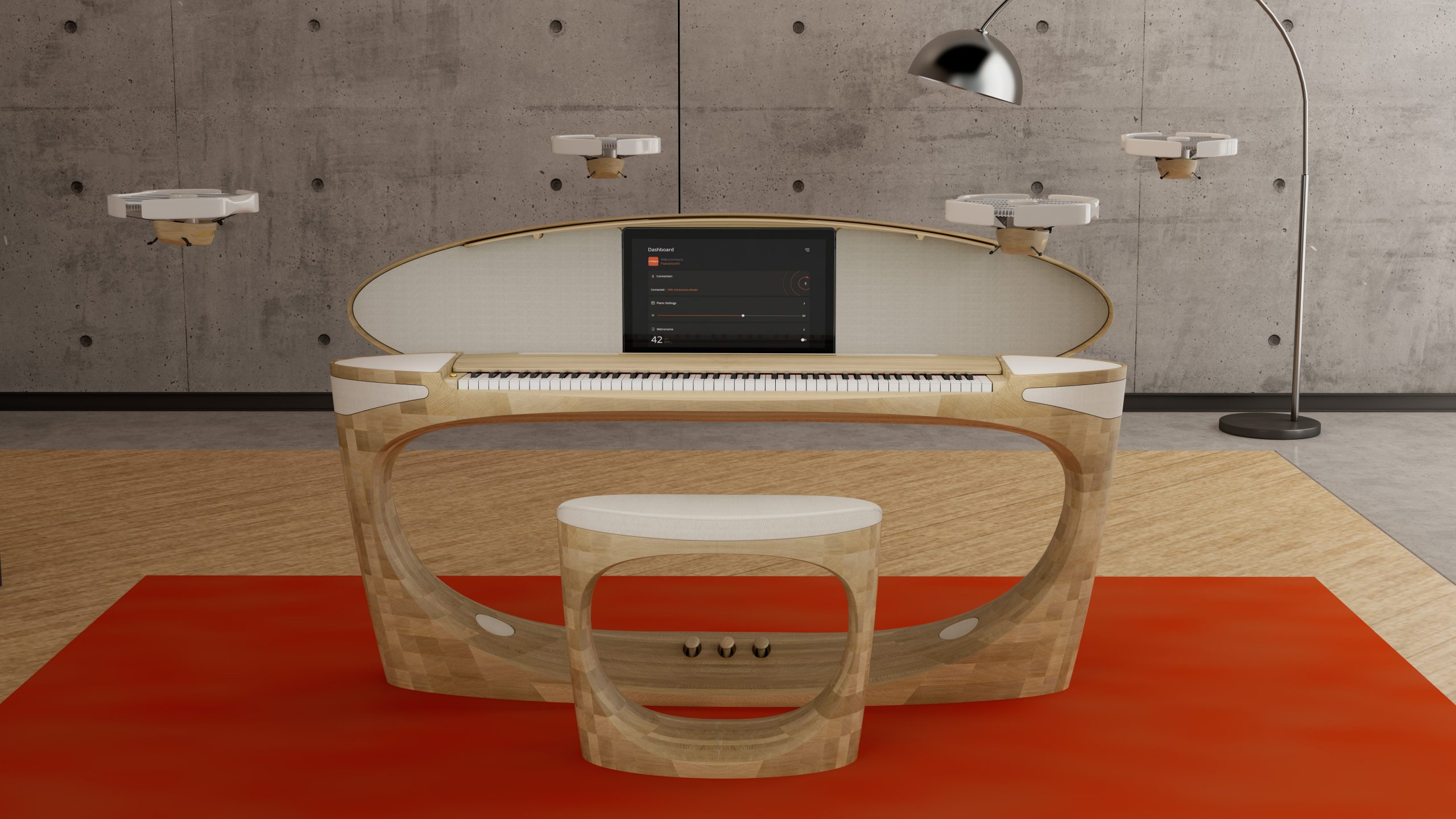Through the ears?
---- Yes this exchange basically sums up the whole question. As others stated there is apparently some Earthworks mic captured IR which is nice to hear,
but isnt an IR just a "dynamic eq curve?" I recall someone saying they dont want any cab sims (on the stymon Big Sky, which has a cab sim) back in the day because its "just a eq filter." Though I guess IR is just a smaller "convolution" or, a convolution of a smaller space? (The small space just outside of a speaker cone).
Someone said I wouldnt like the sound of an amp from FM3 with no cab/IR to a FRFR... I do like the sound of my guitar through pedals and right into the Yamaha HS monitors though... I dont currently have an FM3 anymore but intend to get back into Fractal I think...
So I guess the question is, even though the Earthworks IS A VERY CLEAN/CLEAR/FLAT/SCIENTIFIC microphone, why cant you just have a flat "manual" eq curve without a mic used. To me the cab IR thing just seems like unwanted noise in the signal...

